Video
vimeo
The Red Paintings are a set of three monumental animations by Claudia Hart that are part of a new series of work - Machines for Thinking.
Expanding on early twentieth-century still-life painting from the School of Paris, Hart was inspired by the significant collection of the Art Institute of Chicago and her work there with SAIC media art students, in dialog with both the canonical Art Institute still-lives and its Chair of 19th and 20th Century Painting and Sculpture, the art historian Gloria Groom.
In the context of our post-digital moment, Hart imports the compositional structures and “aspect ratios” of the red paintings by Henri Matisse to propose a paradigm shift in painting practice, creating monumental animations at real-painting scale. Like Matisse, Hart has constructed animated images-within-images, as architectures open onto windows and doors that in turn open onto simulated landscapes and rooms bestowed with animated paintings, carpets and wallpapers. Hart has here constructed digital, pictorial clockworks in which wheels within wheels turn at different rates and temporal schemes to mesmerize viewers, ushering them into a state of contemplation.
The Machines for Thinking series portrays environments in which time is fluid and elastic, in constant flux and multi-directional, where all is in motion and mutable though nothing is actually happening. This is a different notion of time, an unstable present, in which viewers may experience through the possibility of simulation-technologies that use scientific data to model natural forces, the crystallization of past, future and present into a perpetual now.
0 notes
Video
vimeo
Big Red, 2020, five minute animation, looped
Must approximately maintain the same aspect ratio of the Matisse painting, Large Red Interior, 1948, approximately 5.3 : 8, minimum 6 feet in height as tiled monitors or projection shown on a wall papered with the Matisse augmented wallpaper below
0 notes
Video
vimeo
Alice is a machine for thinking: a virtual chamber for repose and contemplation. It mashes 3D animation, motion-captured ballet and music improvised live in the VR world, and then recaptured and placed in the bodies of music avatars who deform to that same music. It feeds-back the virtual and the live, blending them together in a liminal, uncanny mix.
The work consists of 2 parallel representations, coinciding in a single exhibition space. The first is a three-channel high-definition movie projected on three walls. It is a 3D animation rendered anamorphically as a panoramic expanse. The second is a VR surround environment mapped into the same physical space, built out as Vive VR. The dual spaces exist simultaneously though each is a construction of different epoques from the art history of representations: the age of capture and the analog camera and the current digital age. Hart has conceived of this doubling as liminal, a construction made possible through the “queering” of space and likens it to the technology theorist Donna Haraway’s notion of the Cyborg as first described in her 1983 Manifesto, where the writer imagined a Utopian future in which advanced bio-technologies would liberate human culture from the constraints of traditional gender binaries. As liminal, Alice constructs all of VR as a paradigmatic philosopher's hut, an uncanny mix of Wittgenstein and his Tractatus Logico-Philosophicus, and Alice in Wonderland with its inverted logic.
Alice is a 3 channel XR piece, created for exhibition with a Vive VR environment. This excerpted 4-minute version was produced for The Transfer "Download," curated by Kelani Nichole, for a special presentation at Christie’s Rockefeller Plaza in conjunction with their ART + TECH Summit on AI from June 25–28, 2019.
Music by Danielle DeGruttola
Choreography and Captured Dancing: Kristina Isabelle
Audio Mix by Edmund Campion
Editing by Meredith Leich
Alice Unchained was created with the support of the Center for New Music and Audio Technology at UC Berkeley
Motion Capture Technical Producer: Stéphane Dalbera
Motion Capture Director: Jeremy Meunier
Motion Capture Studio Courtesy Of: Game On, Montreal
Motion Capture Post Production Courtesy Of: Atopos, Paris, in partnership with the Bachelor in Real-Time-3D Program, HECTIC, Paris
0 notes
Video
vimeo
Alice XR: A Machine For Thinking
Claudia Hart, 2019
Room installation projected on three or four walls with Alice VR hanging headset in the center
Alice is a machine for thinking: a virtual chamber for repose and contemplation. It is the third work loosely inspired by Alice in Wonderland, created by media artist Claudia Hart.
Alice mashes 3D animation, motion-captured ballet and music improvised by Danielle DeGruttola, while immersed in the VR, then recaptured and placed in the bodies of music avatars who is then added back into it, who is driven and deforming to the now recorded live track. Alice feeds-back the virtual and the live, blending them together in a liminal, uncanny mix. This XR work mixes realities. It consists of 2 parallel representations, coinciding in a single exhibition space. The first is a four-channel high-definition movie projected on three or four walls. It is a 3D animation rendered anamorphically as a panoramic expanse. The second is a VR surround environment mapped into the same physical space, built out as Vive VR.
The dual spaces exist simultaneously, though each is a construction coming from different art historical periods: one from the age of capture and the analog camera and the other from the current digital age. Hart has conceived of this doubling as liminal, a construction made possible through the “queering” of space and likens it to the technology theorist Donna Haraway’s notion of the Cyborg as first described in her 1983 Manifesto, where the writer imagined a Utopian future in which advanced bio-technologies would liberate human culture from the constraints of traditional gender binaries. As liminal, Alice expresses the idea that the VR medium itself is a paradigmatic philosopher's hut, world of inverted logic to confound the mind and its perceptions.
Music by Danielle DeGruttola
Audio Mix by Edmund Campion
Editing by Meredith Leich
Alice Unchained was created with the support of the Center for New Music and Audio Technology at UC Berkeley
Motion Capture Technical Producer: Stéphane Dalbera
Motion Capture Director: Jeremy Meunier
Motion Capture Studio Courtesy Of: Game On, Montreal
Motion Capture Post Production Courtesy Of: Atopos, Paris, in partnership with the Bachelor in Real-Time-3D Program, HECTIC, Paris
0 notes
Video
vimeo
Since the late 1980s, Claudia Hart has used computer generated images (CGI) and 3D simulation technology to construct and alter virtual worlds. In the last two decades, she's consistently used the technology to produce artworks that counter this male-dominated arena. Where Rockstar Games produces worlds of adrenaline-fueled rampage, Hart creates set-pieces of reverie and reflection—meditating on time and sensuality by way of the female body. In recent years Hart has recast these themes in a series of collaborative performances that project 3D animations directly onto participants. This version of the Dolls was created specifically for The Siskel Theater in “expanded cinema” theatrical format. The focus is therefore on a single dancer and the visuals also focus on the strobing graphical patterns, a single element of the original five-dancer version.
Music: Kurt Hentschläger
Choreography and Performance:
Kristina Isabelle
Interactive Design: Liviu Pasare
The Dolls was initially created 2015 and is a live performance using projection mapping in multiple formats, 10 minutes.
0 notes
Photo

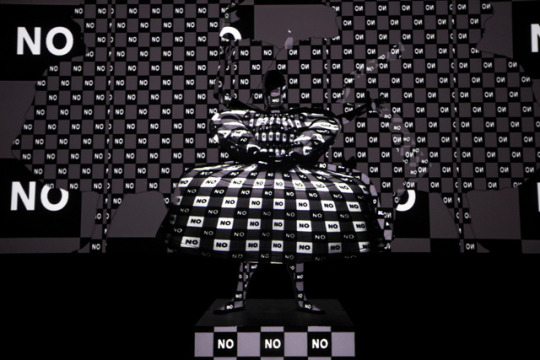
The Dolls, single-dancer expanded-cinema version created for Conversations
at the Edge, November 15, 2015, at the Gene Siskel Theater in Chicago.
#The Dolls dollsballet#SAIC Fashion Walk 2015#Transfer Gallery#Claudia Hart#http://claudiahart.com/portfolio/dollsatsiskel/
0 notes
Photo
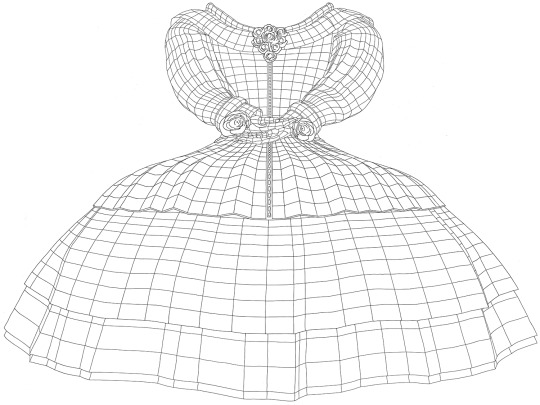

Princess Dress, Claudia Hart, 2015, hand drawing based on computer-simulated model. Paper doll tutu, after Diego Valazquez Las Meninas, for The Dolls
Las Meninas, Diego Velázquez, oil on canvas,1656
0 notes
Video
vimeo
Bill Viola, The Quintet of the Astonished (The Passions), 2000
2 notes
·
View notes
Photo



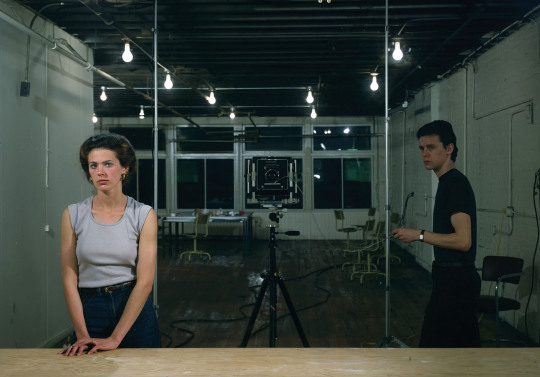
Jeff Wall, A Sudden Gust of Wind, 1993
Jeff Wall, A Picture for Women, 1979
2 notes
·
View notes
Photo
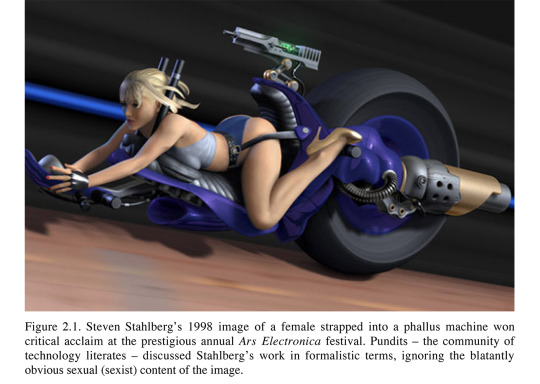
Not much to add to this one.
1 note
·
View note
Video
BloodRayne was introduced on the cover of Playboy Magazine in 2004.
1 note
·
View note
Photo

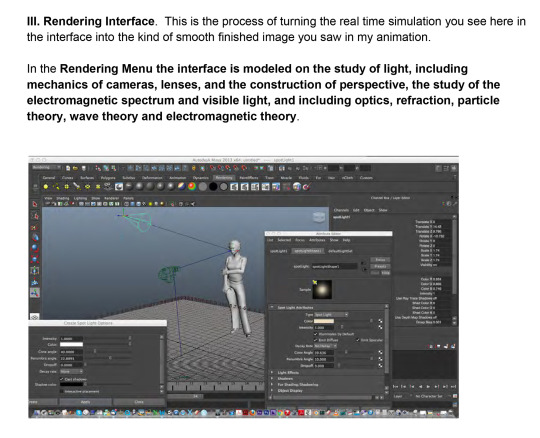


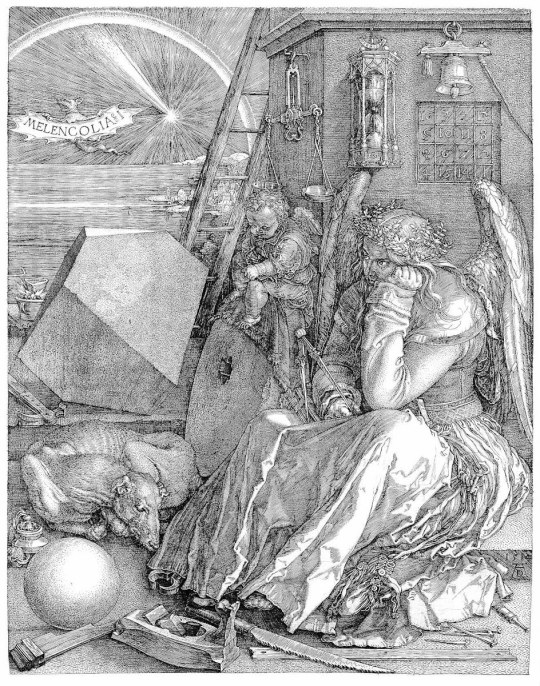
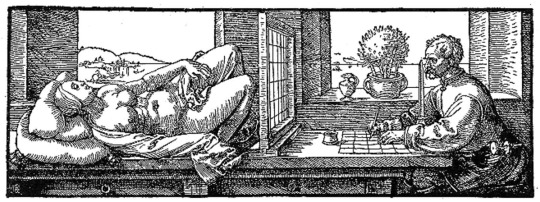
Claudia Hart, Maya as Epistemological Model: Talk for Teachers at the Art Institute of Chicago, 2013 and thereafter
Albrecht Durer, Melancholia, 1514
Albrecht Durer, Perspective Machine, 1525
1 note
·
View note
Photo
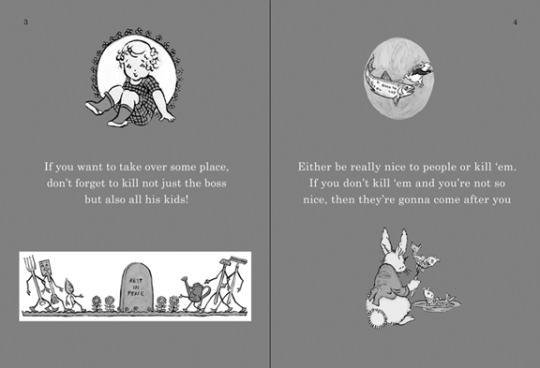
http://www.claudiahart.com/portfolio/politrix/
The Machiavelli series was initiated by an off-handed remark. In 1995, after the fall of the Wall, the wildly expansive Berlin art world was immensely competitive. I ironically commented to a friend that what was required was Machiavelli, though for Berlin a special Machiavelli "for kids." I produced the text and the 31 small oil paintings that visualized it in the next few weeks. The project seemed to expand of its own accord. A Child's Machiavelli was eventually published in 3 languages and several print editions.
#Ancient History#Politrix Books#A Child's Machiavelli#The Art of War#Dr. Faustie's Guide To Real Estate Development
0 notes
Photo

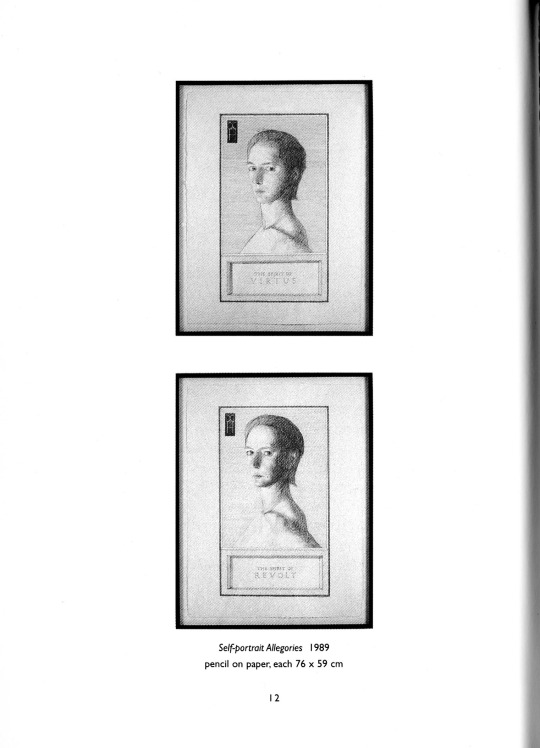
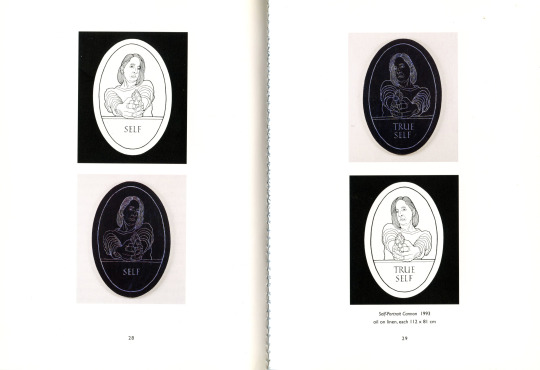
Early works on paper and oil on linen from the Late 80s and Early 90s, from the Top: Self Portraits: Speaking in Tongues, 1993, oil on linen, each 120 x 80 cm; Self Portrait Allegories, 1989, pencil on paper, each 76 x 59 cm; Self/True Self, 1993, oil on linen, each each element 112 x 80 cm
0 notes
Photo



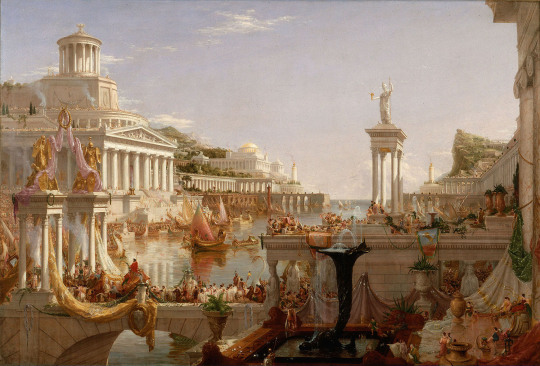


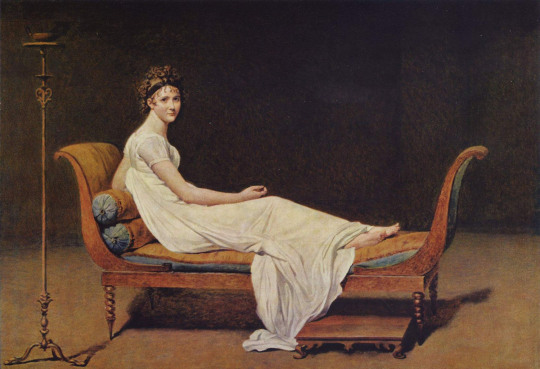
Michael Snow, Wavelength, 1967.
https://www.youtube.com/watch?v=d3nIQs52UXI
Thomas Cole, The Course of Empire, 1835
Eugene Delacroix, Liberty Leading the People, 1830
Jacques Louis David, Mme Recamier, 1800.
0 notes
Photo
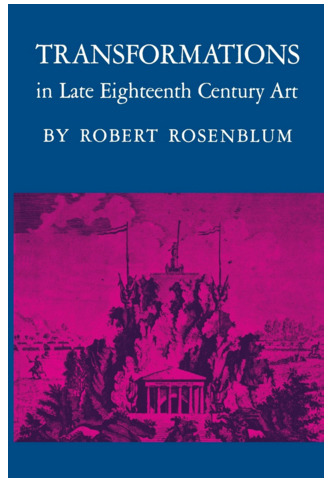
I went to NYU and studied with Robert Rosenblum. I took every class he offered and read this book several times. He got me into Columbia University Architecture School, and was the only of my professors who approved when I “became” an artist. I didn’t understand that he was “famous,” but I knew he was special. I met him when I was 19.
1 note
·
View note